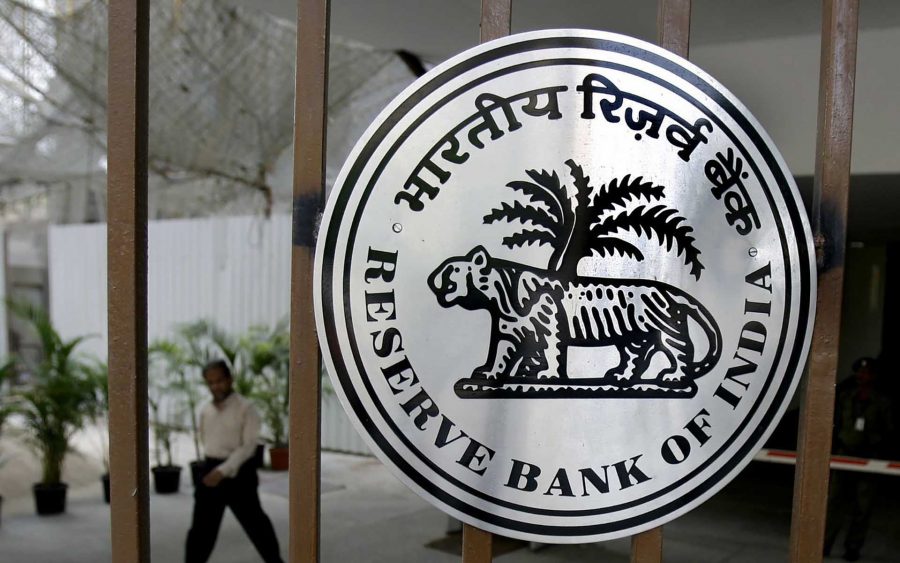
With inflation easing, bankers expect RBI to pause interest rate hike in June

With inflation finally in check after several months, economists expect the Reserve Bank of India (RBI) to hit the pause button on interest rates at its upcoming June policy meeting.
In recent years, inflation has become a demon for India Inc., leading to the need for prudent working capital management. As inflation soared, RBI hiked interest rates several times, pushing up the cost of funds, including working capital.
With inflation impacting every nook and cranny of businesses, the need for prudent working capital management has come to the fore. Working capital is used to meet a company’s routine expenses, such as rent, salary, and utility payments, among others. It is not used to fund big purchases, acquire assets, or invest. Nevertheless, managing these funds is critical to any business.
Also read: RBI Governor: Inflation cooling very satisfying; confident that monetary policy is on right track
Higher borrowing and capital costs
Planning a company’s working capital is an exercise where the dynamics of inflation come into play again. As interest rates rise, the financial impact on working capital is intensified, owing to higher borrowing and capital costs.
Vinod AN, General Manager & Head Treasury, South Indian Bank, said, “Over the past 18 months, i.e., since the Russia-Ukraine crisis began, global markets have witnessed the hardening of interest rates due to rising inflation. In sync with global markets, India has also witnessed a sharp rise in inflation — more than the comfort zone of the RBI (up to 6 per cent) and much higher than the target level of 4 per cent.”
He added, “RBI has had to increase the repo rate — the interest rate at which it lends funds to banks — to control inflation. The subsequent increase in the borrowing cost resulted from a rise in the repo rate from 4 per cent to 6.50 per cent over the past 18 months, “ he explained.
Working capital is critical for a business’s short-term obligations. By imposing stronger and more stringent working capital management practices and forecasts, corporations can access cash flows as and when needed.
Also read: India’s FY23 GDP growth likely more than estimated 7%: RBI chief Das
Inflationary pressure slows
However, according to the Ministry of Statistics and Programme Implementation, the annual inflation rate in India slowed sharply to 4.7 per cent in April 2023, the lowest since October 2021, from 5.7 per cent in March, and slightly below forecasts of 4.8 per cent. This would spill into the workings of corporations and industries.
Therefore, the RBI is expected to pause the hiking of interest rates in its meeting in June.
Gaura Sengupta, India Economist, IDFC FIRST Bank, said, “We expect the RBI to remain on pause in June, as inflation pressures have eased, with CPI inflation expected to average at 4.4 per cent in Q1FY24, partly due to supportive base effects. For the full year FY24, CPI inflation is expected to average ~5 per cent, which is still above RBI’s target of 4 per cent. Meanwhile, growth conditions have increased, with FY23 GDP expected at 7 per cent. Hence, we do not expect RBI to cut interest rates anytime soon. We expect it to remain on pause till December 2023.”
Also read: Retail inflation dips to 4.7% in April; why industrial production has slowed down and more
Enhanced liquidity
When interest rates are low, it is cheaper to borrow funds. Vinod elaborated, “Currently, with CPI inflation sloping downward within the comfort zone of RBI (below 6 per cent), we expect a pause in the interest rate cycle and subsequently expect them to drift lower. Effectively, borrowing cost is expected to decline. This is aided by the fact that the liquidity in the banking system is expected to enhance on account of the withdrawal of 2000-rupee notes.”
Sengupta supported this stance. “Service sector indicators show continued strong recovery in contact-intensive sectors such as trade, hotels, and transportation, indicated by an improvement in revenue per available hotel room and GST e-way bills. On the consumption front, nascent recovery is seen in the rural economy, with a pick-up in two-wheeler, tractor, and fertiliser sales. The recovery in rural demand reflects an increase in rural wages. Urban consumption, which was the first to recover since the easing of lockdown restrictions, continues to lead the recovery, as indicated by FMCG sales volumes,” she said.
So, all eyes are on the central bank’s June meeting now.


